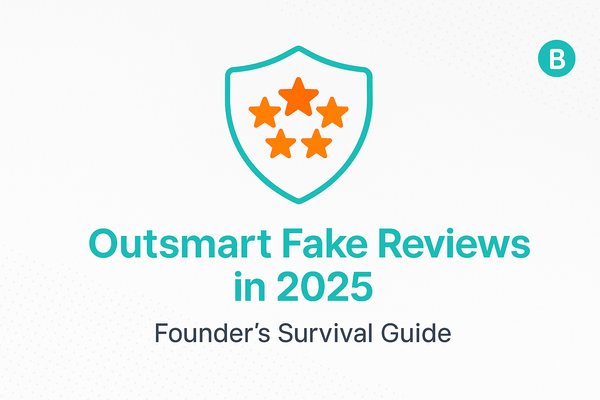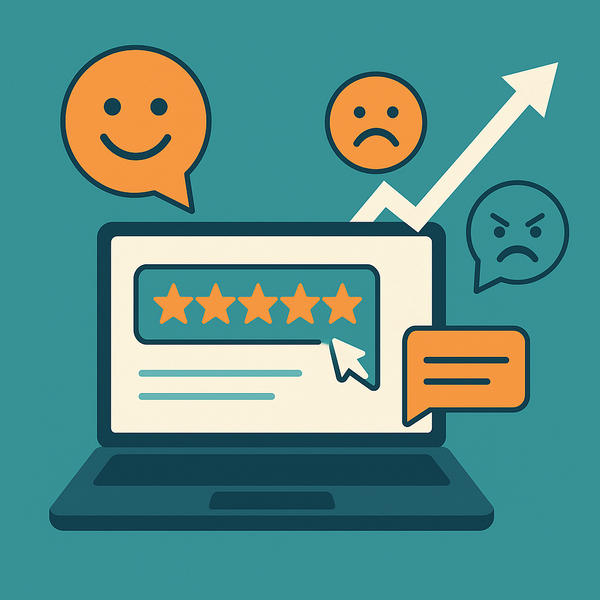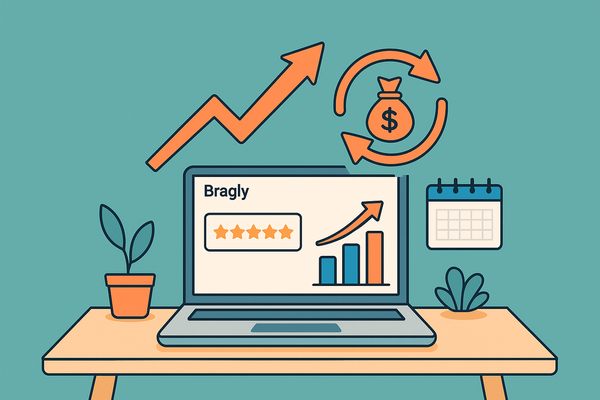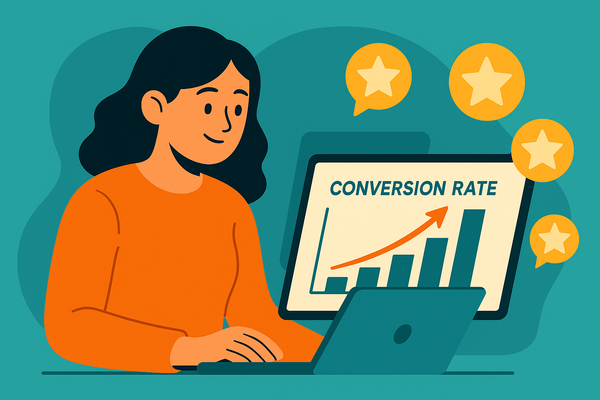The Psychology Behind Reviews: Why They Make People Buy

The science of social proof—plus practical UX moves for small-business owners, web developers, and design studios
Key takeaway
We are hard-wired to copy the crowd. When shoppers see other people praising a product, mirror-neurons trigger trust and lower the mental cost of saying “yes.”
1 What Exactly Is Social Proof?
Social proof is the cognitive shortcut that tells us, “If others like me rate this highly, it’s probably safe and valuable.” In evolutionary terms, following the tribe kept us alive; in e-commerce it pushes us toward the Add-to-Cart button.
- Numbers talk: 90.6 % of consumers now read reviews every time they shop, and 75.5 % say they actively trust what they read. (CX Today)
- Volume matters: Conversion on high-ticket items jumps up to 380 % when buyers can scan peer reviews. (Investopedia)
Quote to remember
“A single five-star line does more persuasion than a paragraph of marketing copy.”
2 The Three Psychological Drivers Behind Reviews
| Driver | What’s Happening in the Brain | UX/Design Implication |
|---|---|---|
| Trust & Credibility | Seeing dozens of independent voices activates the medial prefrontal cortex, reducing risk perception. | Place star ratings above the fold so visitors feel safe instantly. |
| Validation & Herd Instinct | We default to the group’s choice (bandwagon effect). | Show review counts (“1,247 people said…”) to emphasize consensus. |
| Fear of Missing Out (FOMO) | Scarcity + social proof floods dopamine, pushing quick action. | Pair reviews with limited-time CTAs (“Sale ends tonight”). |
Stats to prove it
- 66 % of shoppers say social proof makes them more likely to purchase. (Trustpilot Business)
- 60 % make a reactive purchase within 24 hours when FOMO is triggered. (WiserNotify)
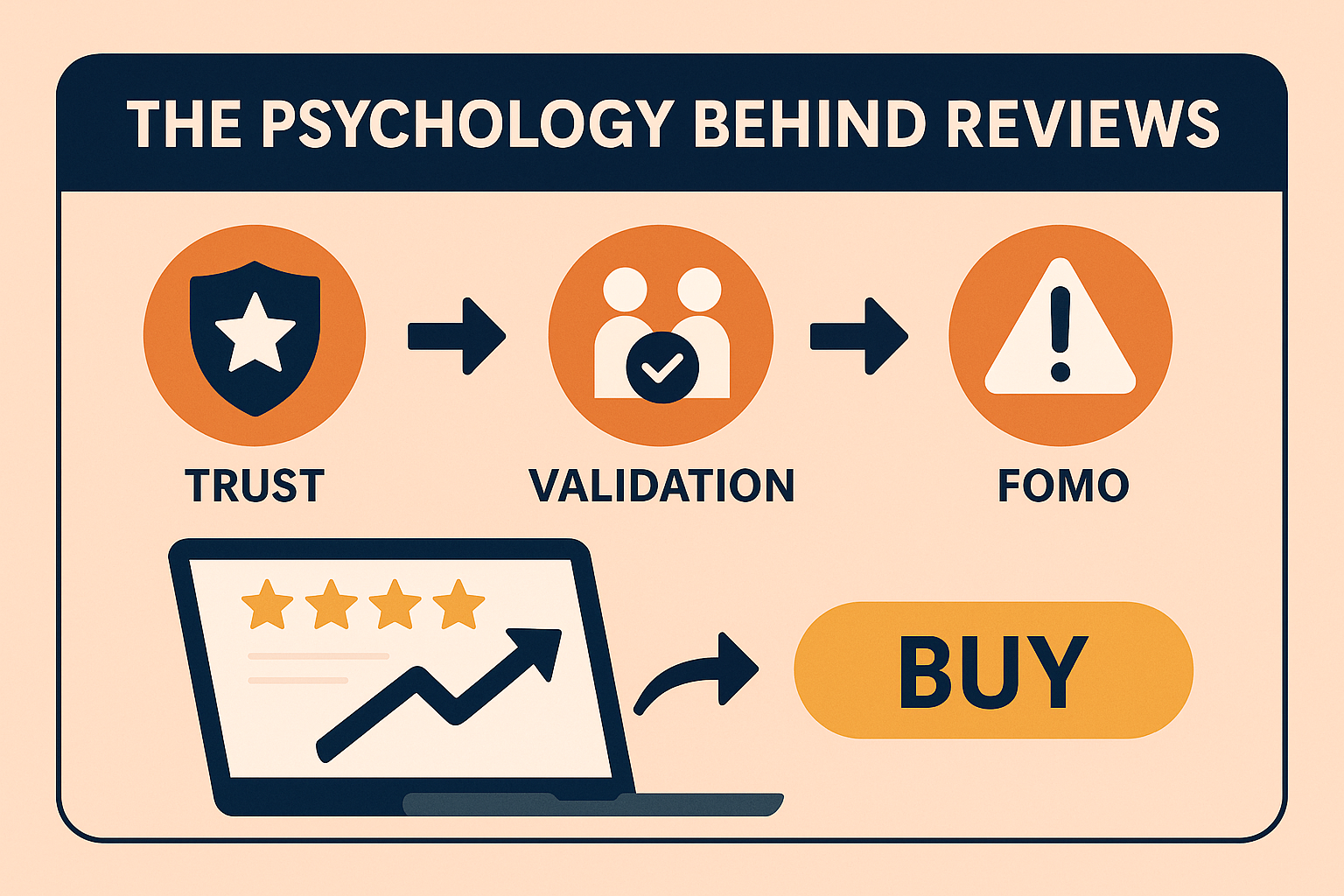
3 Evidence From the Field
Highlight
“Interaction with user-generated content boosts conversion by 144 % and revenue per visitor by 162 %.”
Additional proof points developers can drop into any pitch deck:
- Showing just five reviews lifts the likelihood of purchase by 270 % for low-cost items. (Investopedia)
- Pages with social-proof widgets see a 32 % drop in cart abandonment. (The Good)
- Star snippets in Google results raise organic click-through by up to 35 %. (First Page Sage)
4 How to Apply Psychology on Your Site
- Surface proof early
Embed an inline star badge right under the H1. Eye-tracking and heat-map studies show visitors gravitate there first. - Keep it fresh
Reviews newer than 90 days outperform old ones. Automate imports so yesterday’s praise shows up today. - Mix formats
Photos, video bites, and long-form stories hit multiple persuasion pathways (authority, similarity, emotion). - Design for skim-reading
Use 3–5 bullet quotes or a carousel, not a wall of text. - Test, test, test
A/B your placement (above price vs. below), length (first 5 vs. first 20), and filter (most recent vs. most helpful). If uplift >10 %, roll site-wide. - Map the heat
Run Hotjar or Microsoft Clarity. If <50 % of users ever scroll to reviews, move them up and retest.
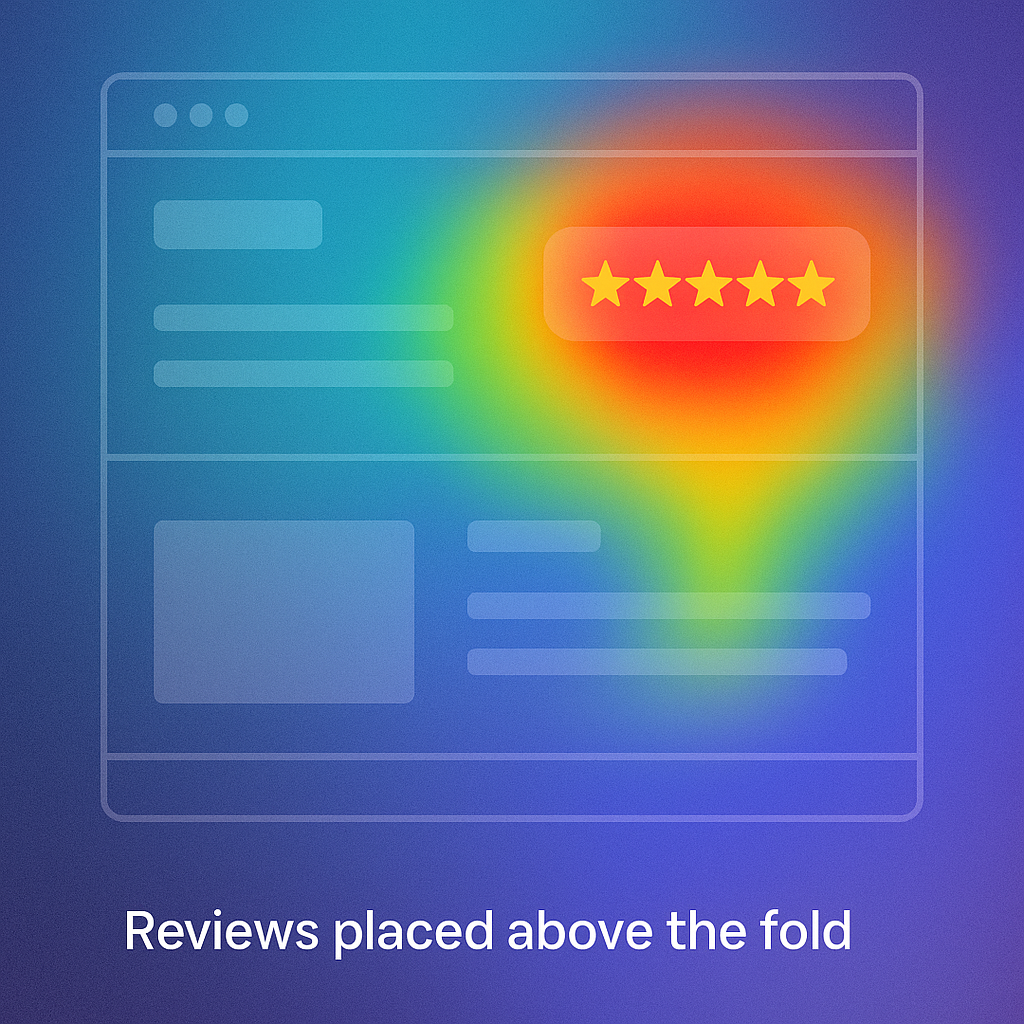
5 Where Bragly Drops Measurable Value
| Bragly Feature | Psychological Lever | Business Result |
|---|---|---|
| Real-time Google sync | Trust via recency | Users see fresh proof; bounce rates fall. |
| Schema markup out-of-the-box | Authority + prominence | Gold stars in SERPs → up to 35 % more organic clicks. (First Page Sage) |
| Lazy-load widgets (<25 KB) | No performance penalty | Core Web Vitals stay green; SEO wins persist. |
| A/B-ready IDs | Rapid experimentation | Swap variants in Optimizely/VWO without redeploying code. |
| Dashboard analytics | Validation loop | Prove the revenue lift to clients or stakeholders. |
| Platform-agnostic embeds | Universal appeal | Works in Webflow, WordPress, Wix, Squarespace and more—no code needed. (Bragly) |
Real-world proof
“Bragly made it so easy to showcase our Google reviews. Conversion jumped 35 % in two months.” – Sarah Chen, Local Bakery Owner (Bragly)
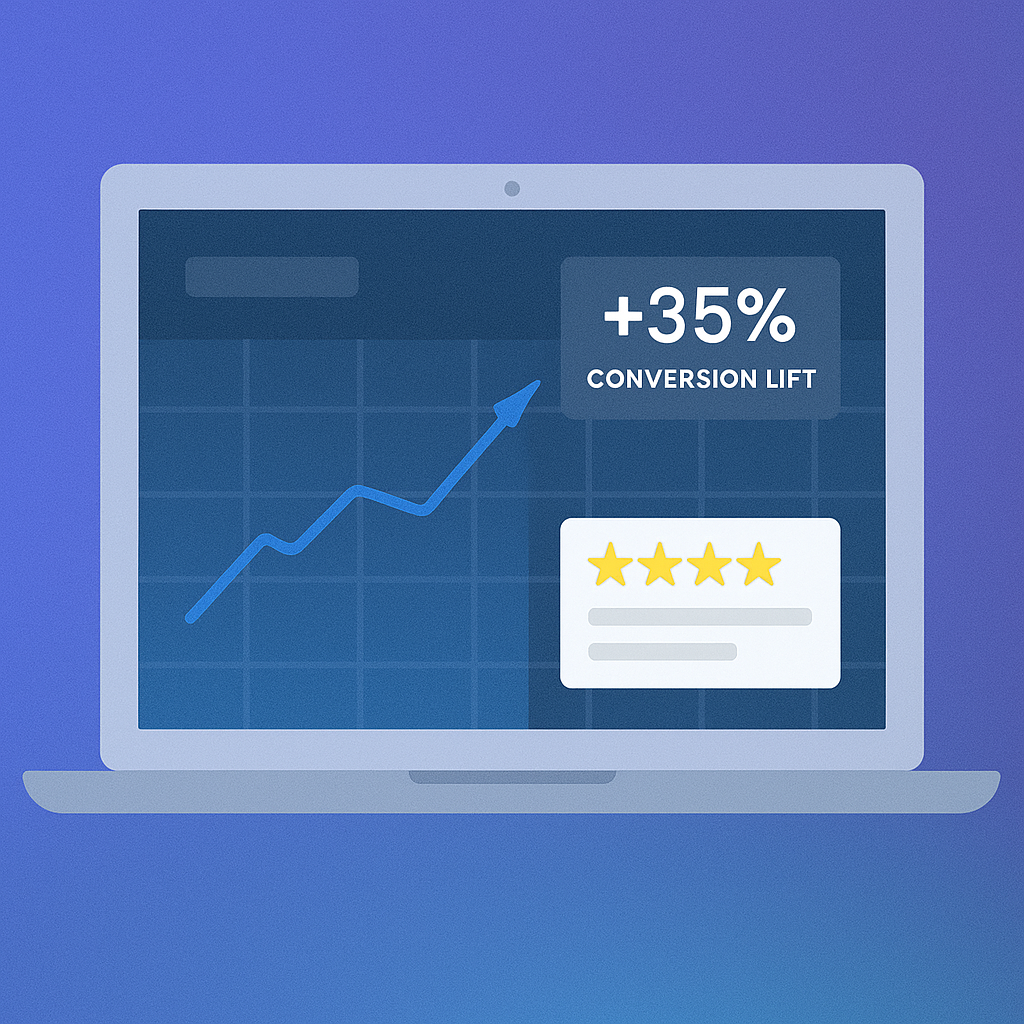
6 Seven-Day Roadmap to Psychological Lift
| Day | Action | Tool |
|---|---|---|
| 1 | Benchmark current CVR & scroll-depth | GA 4 / Looker |
| 2 | Install Bragly on staging (inline badge + carousel) | Bragly |
| 3 | Launch A/B test on placement | Optimizely / VWO |
| 4 | Start heat-map recording | Hotjar |
| 5–6 | Collect 1 k sessions minimum | — |
| 7 | Present uplift & deploy to prod | Bragly dashboard export |
Quote to use in proposals
“When you combine psychology with design, you don’t just decorate a page—you engineer trust.”
Try Bragly for Free
TL;DR Highlights
- 90 %+ of shoppers read reviews every time they buy.
- Social proof can lift conversions up to 380 % on high-ticket items.
- Trust, validation, and FOMO are the three switches reviews flip in the brain.
- Place reviews above the fold, keep them fresh, and test relentlessly.
- Bragly automates the psychology, the design, and the proof in a single copy-paste.
Apply the science, measure the uplift, and let your website (and your clients’) do the bragging.

